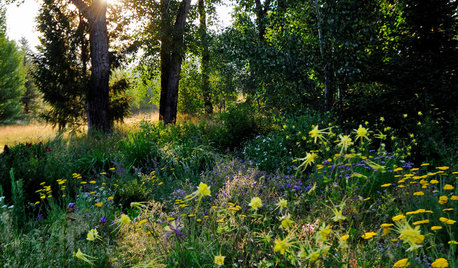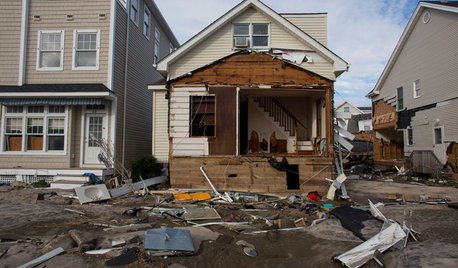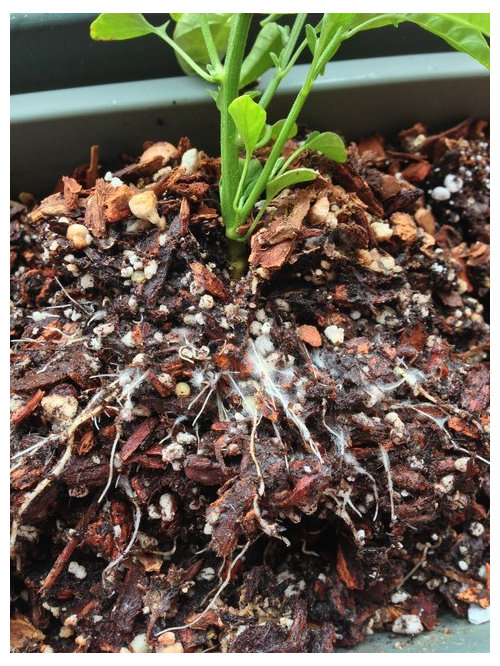Mold actually IN the soil....?
Sugi_C (Las Vegas, NV)
11 years ago
Related Stories

GARDENING GUIDES10 Solutions for Soggy Soil
If a too-wet garden is raining on your parade, try these water-loving plants and other ideas for handling all of that H2O
Full Story
NATIVE PLANTSWhy Aggressive Plants Might Actually Be Your Friends
Sometimes a garden thug is exactly what’s called for
Full Story
DISASTER PREP & RECOVERYHow to Combat Mold in a Flooded House
Before you rebuild or restore your water-damaged home, take these steps to keep mold at bay
Full Story
GARDENING GUIDESGardening Solutions for Heavy Clay Soils
What’s a gardener to do with soil that’s easily compacted and has poor drainage? Find out here
Full Story
FARM YOUR YARDHow to Get Good Soil for Your Edible Garden
The nutrients in your soil feed the plants that feed you. Here are tips on getting it right — just in time for planting season
Full Story
CONTAINER GARDENSContainer Gardening Basics: The Dirt on Soil
Learn the types of potting soil available and the best mixes to help your containers thrive
Full Story
GARDENING GUIDESHow to Pick a Mulch — and Why Your Soil Wants It
There's more to topdressing than shredded wood. Learn about mulch types, costs and design considerations here
Full Story
GARDENING GUIDESHave Acidic Soil in Your Yard? Learn to Love Gardening Anyway
Look to acid-loving plants, like conifers and rhododendrons, to help your low-pH garden thrive
Full Story
GARDENING GUIDESHow to Stop Worrying and Start Loving Clay Soil
Clay has many more benefits than you might imagine
Full Story
GARDENING GUIDESGreat Design Plant: Try Blue Bells for Blooms in Dry Soil
This shrub’s violet-blue flowers and silvery foliage brighten low-water gardens all year long
Full Story







Sugi_C (Las Vegas, NV)Original Author
Ohiofem 6a/5b Southwest Ohio
Related Professionals
Roosevelt Landscape Architects & Landscape Designers · Burlington Landscape Contractors · Euclid Landscape Contractors · Fountain Valley Landscape Contractors · Framingham Landscape Contractors · Mastic Beach Landscape Contractors · New Brighton Landscape Contractors · Northport Landscape Contractors · Whitehall Landscape Contractors · Titusville Solar Energy Systems · Detroit Window Contractors · Meadow Woods Window Contractors · Mill Valley Window Contractors · Sarasota Window Contractors · Wixom Window ContractorsSugi_C (Las Vegas, NV)Original Author
Sugi_C (Las Vegas, NV)Original Author
Ohiofem 6a/5b Southwest Ohio
Sugi_C (Las Vegas, NV)Original Author
maple_grove_gw
Sugi_C (Las Vegas, NV)Original Author
sf_rhino
Sugi_C (Las Vegas, NV)Original Author
sf_rhino
Sugi_C (Las Vegas, NV)Original Author
sf_rhino
VGtar